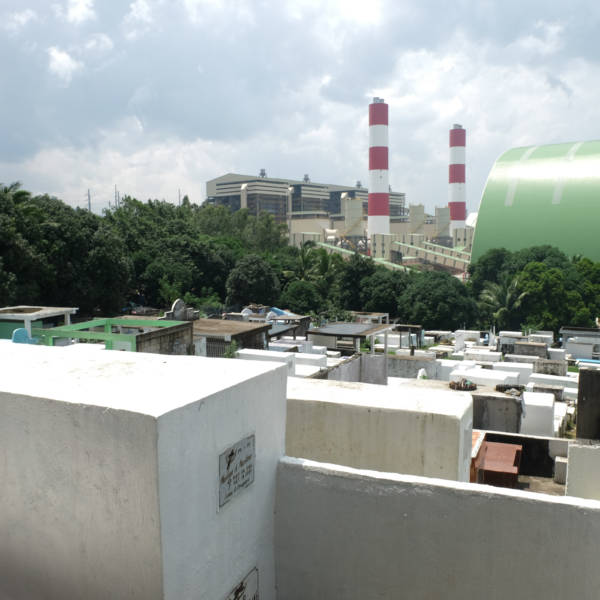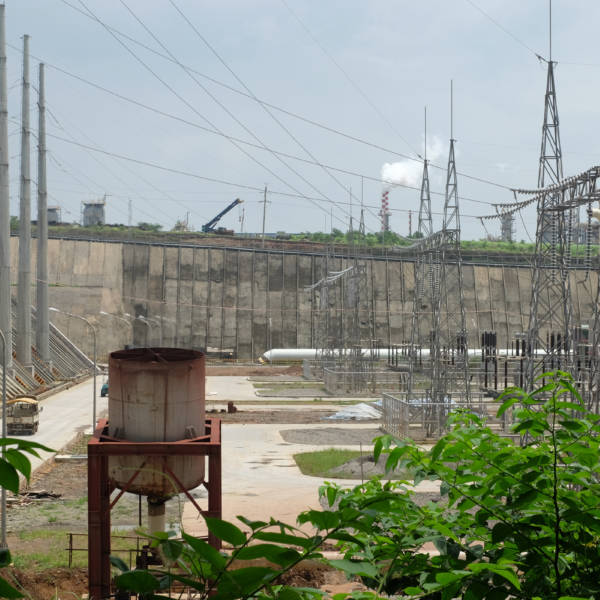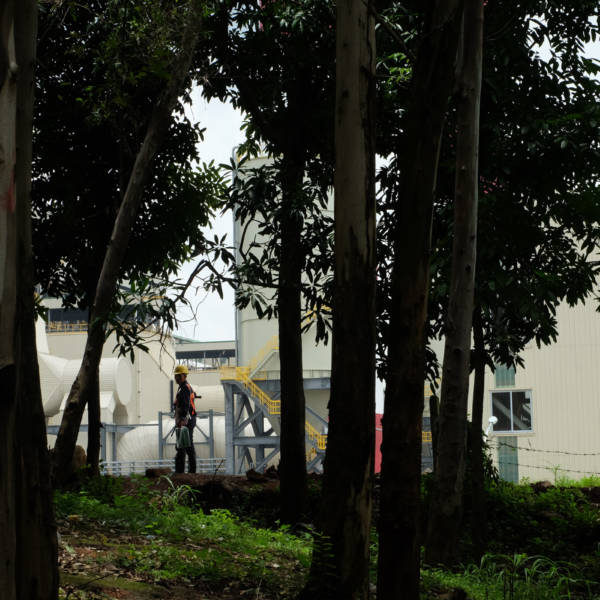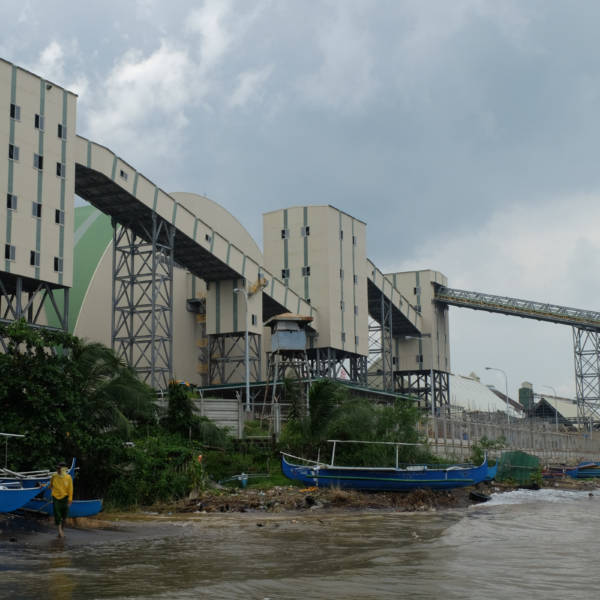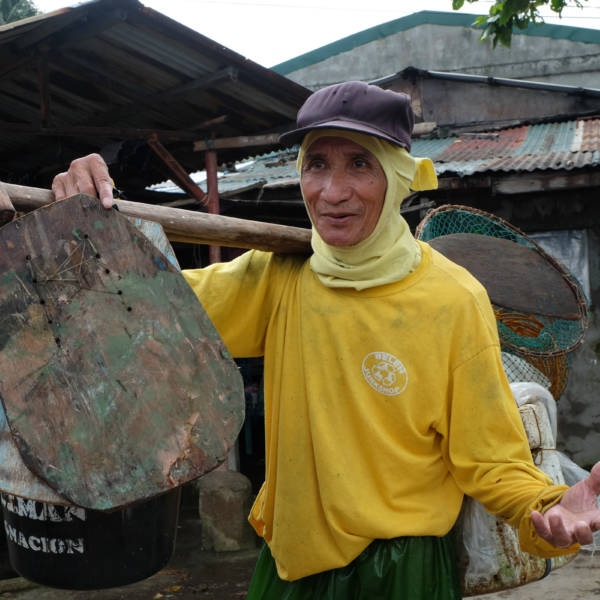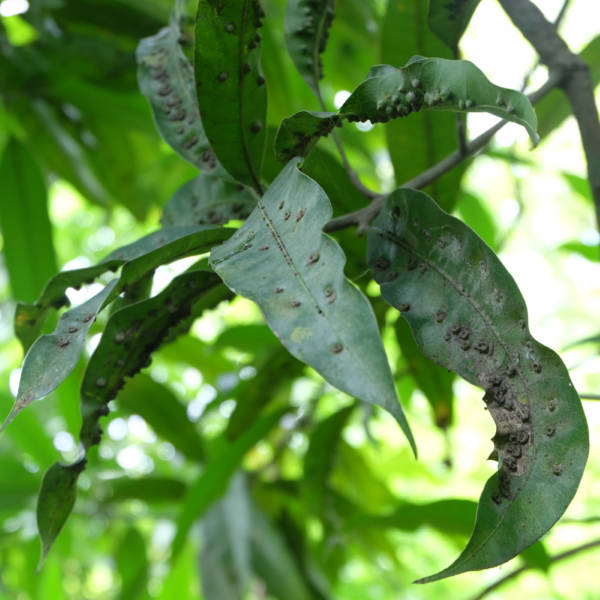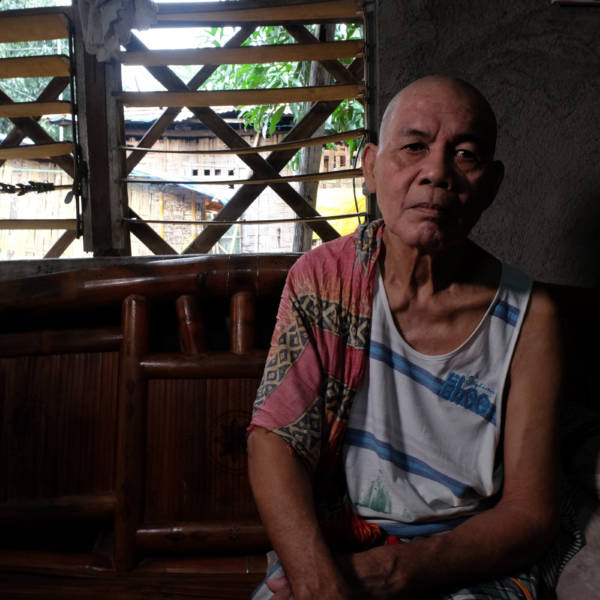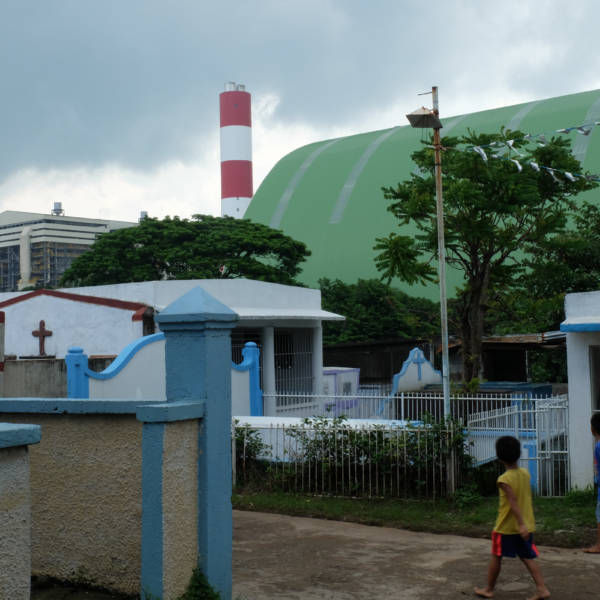Bataan: Life in ashes
San Miguel Global Consolidated Power’s 600-megawatt coal plant stands no more than 500 meters away from a fisherfolk community in Limay, Bataan. Everyday they have to endure its adverse impacts that manifests in the form of ash causing skin and respiratory ailments.
Life in ashes
A documentary by Kathleen Limayo
Death comes knocking
By: AC Dimatatac
Historically, Bataan is known as the starting point of the infamous “Death March” which occurred during the second World War. This ordeal killed thousands of Filipino and American war prisoners as the Japanese forced them to march to their death from Bataan to Pampanga. At present, a new kind of deadly tribulation comes knocking at the households of the people of Bataan in the form of the two coal-powered plants located in Brgy. Lamao, Limay, Bataan.
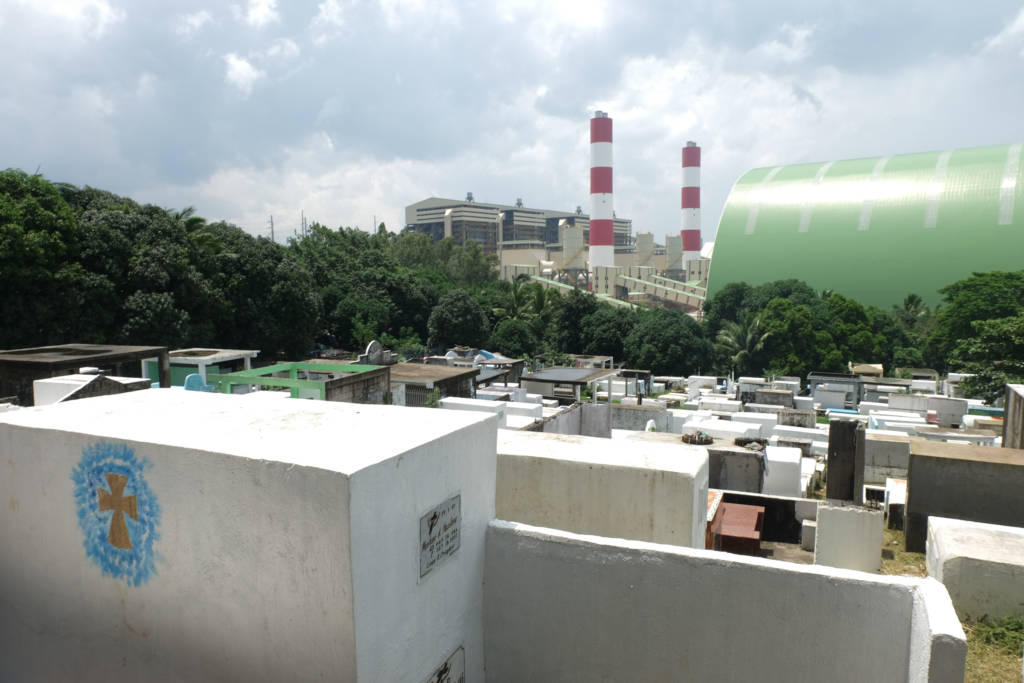
The local cemetery of Brgy. Lamao, Limay, Bataan serves as a chilling reminder to the people that death may come too early for them due to the two coal plants situated in their neighborhood. Photo: AC Dimatatac
A 140MW plant that powers the refinery of Petron and another 600MW plant owned by San Miguel Global Consolidated Power threatens not only the health of the people but their livelihood as well. Brgy. Lamao is considered as the biggest town in Limay, Bataan where most of the residents rely on fishing as their primary source of income.
“Dati-rati ang dami pa naming nahuhuling mga isda dyan sa Manila Bay. Ngayon, kanina pa kong alas 3 ng madaling araw sa laot, 8 kilo lang ng Tamban ang nakuha ko,” said Fread, a local fisherman in Lamao.
(“Before, we can still catch a lot of fish in the Manila Bay. Today, I have been in the sea since 3 in the morning but I only caught a total of 8 kilograms of sardines”.)
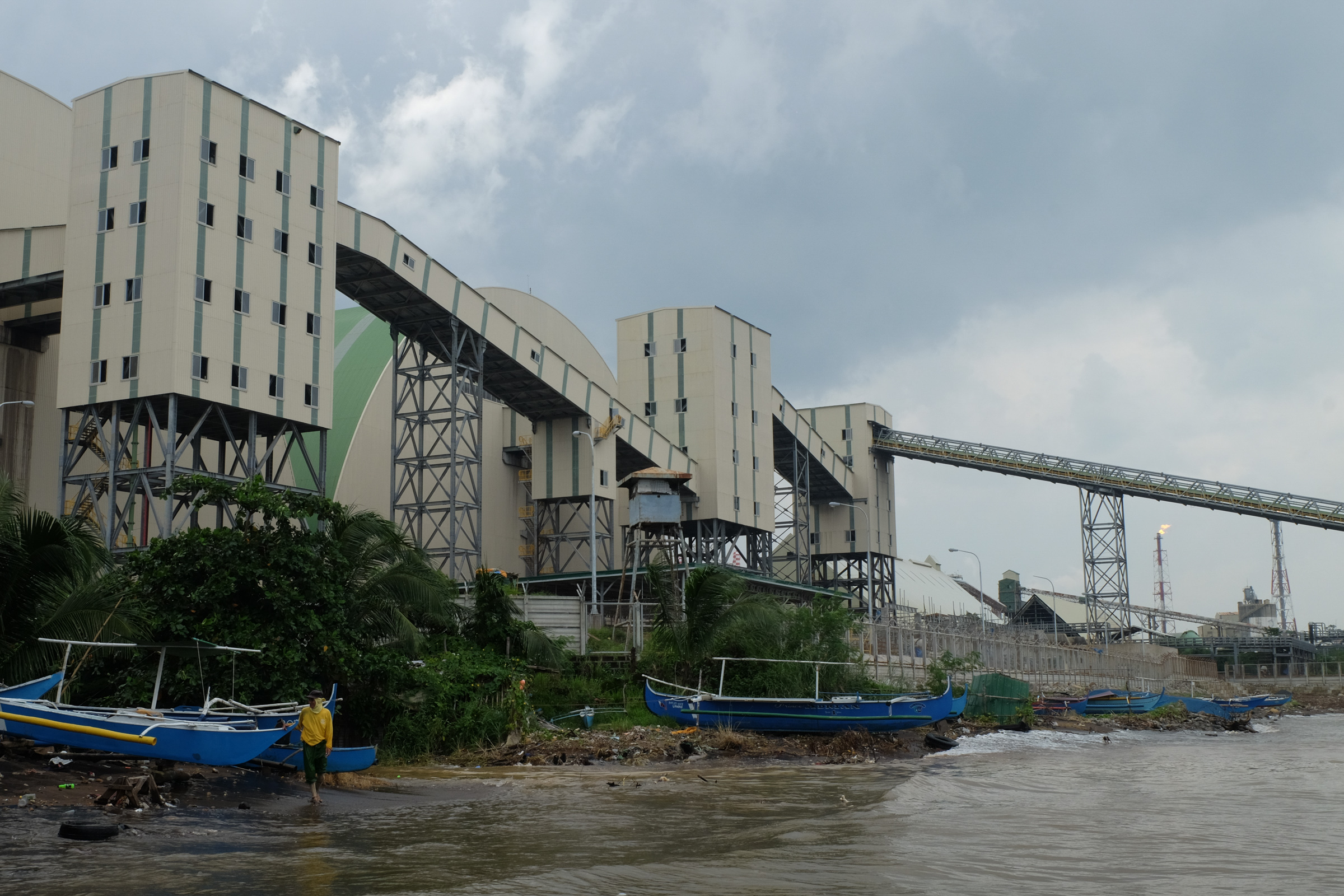
San Miguel Global Consolidated Power began its operation just last September 2017 but fisherfolk in the area are complaining of the lack of catch because the discharge pipes of this plant is directly connected to Manila Bay. Photo: AC Dimatatac
Petron’s coal plant was operational since 2013 and San Miguel’s plant became active last September 2017. The locals of Bataan do not directly benefit from these plants since the resources gathered here are for private use and are distributed to the national grid.
Jimmy Gador, a resident of Brgy. Lamao has been suffering from an unknown lung disease since 2016 and he shared that his condition got worse when another plant operated last 2017. “Araw araw naglalabas sila ng malalaking usok na mabaho at masakit sa mata. Pati mga halaman ko nauusukan at naabuhan” said Jimmy. (“Everyday the plants discharge a lot of smoke that reeks of bad odor which also iritates our eyes. Even our vegetation is dying and is covered by ashes.)
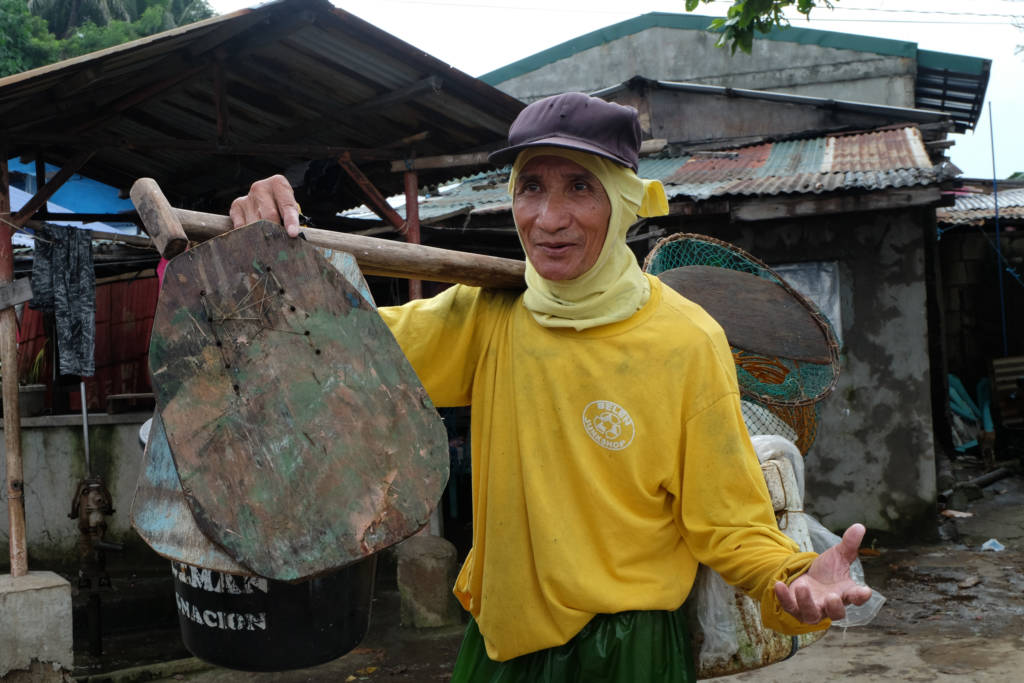
Fred, a local fisherman in Brgy. Lamao returns from his 9-hour fishing trip with only 8 kilos of catch which he deems not enough for selling. Photo: AC Dimatatac
Burning fossil fuel like coal can cause respiratory, skin, cardiac, neurological and cancer-related ailments. Not only that coal is considered as a highly-polluting energy source, it also emits more carbon per unit of energy compared to oil and natural gas sources. Carbon dioxide (CO2) makes up a major portion of greenhouse gases in the atmosphere. It is, therefore considered as one of the leading contributors to climate change. (True Cost of Coal Vol. 1, Greenpeace, May 2014)
The country imports 75% of its coal supply and most of the coal domestically are low-grade. “Globally speaking, the price of coal spike up to 60% last 2016 which means that coal plants in the Philippines will likely turn into stranded assets. It is a losing gamble for ordinary Filipinos and investors alike” (Carving out Coal in the Philippines: Stranded Coal Plant Assets and the Energy Transition, ICSC and IEEFA, October 2017). Businesses should stop funding this obsolete technology and be accountable to the communities that they are destroying.
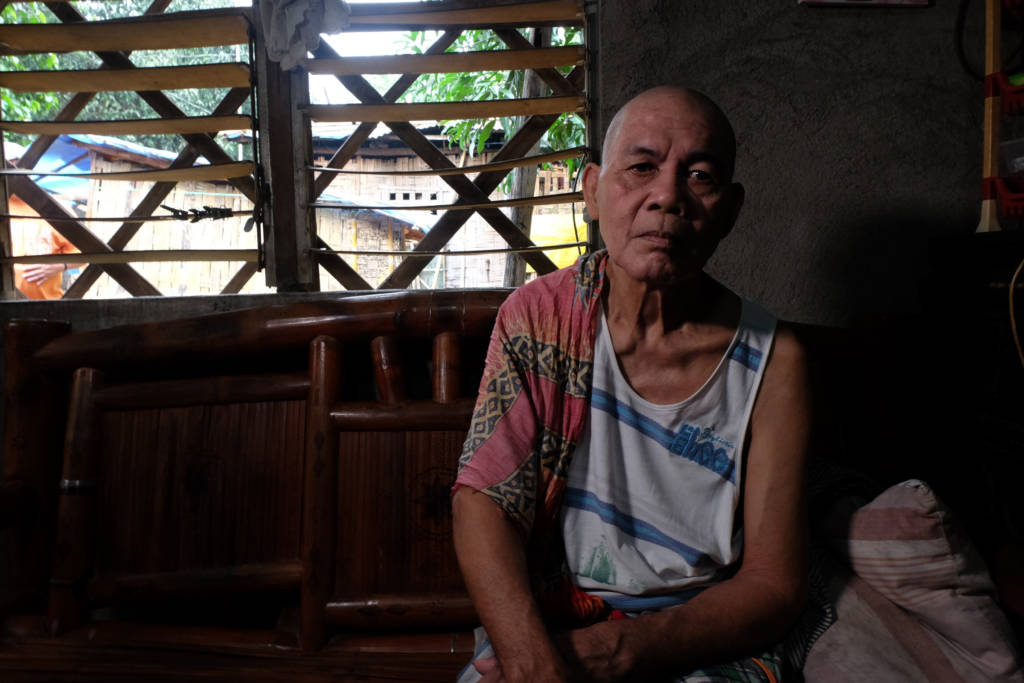
Jimmy Gador has been suffering from an unknown lung disease since 2016 and it got worse when the 600MW coal power plant of San Miguel Global Consolidated Power became operational. He said whenever he asked for health support from their baranggay officials, he was always denied of help due to his involvement in groups that openly oppose the power plants. Photo: AC Dimatatac
Last 2017, the residents went to Department of Environment and Natural Resources (DENR) to file a complaint regarding the ash residue of the coal power plants. The residents of Limay, Bataan are still waiting for viable solutions for their case.
When death finally comes knocking, the people of Brgy. Lamao may have no other option but to eventually leave their homes.

